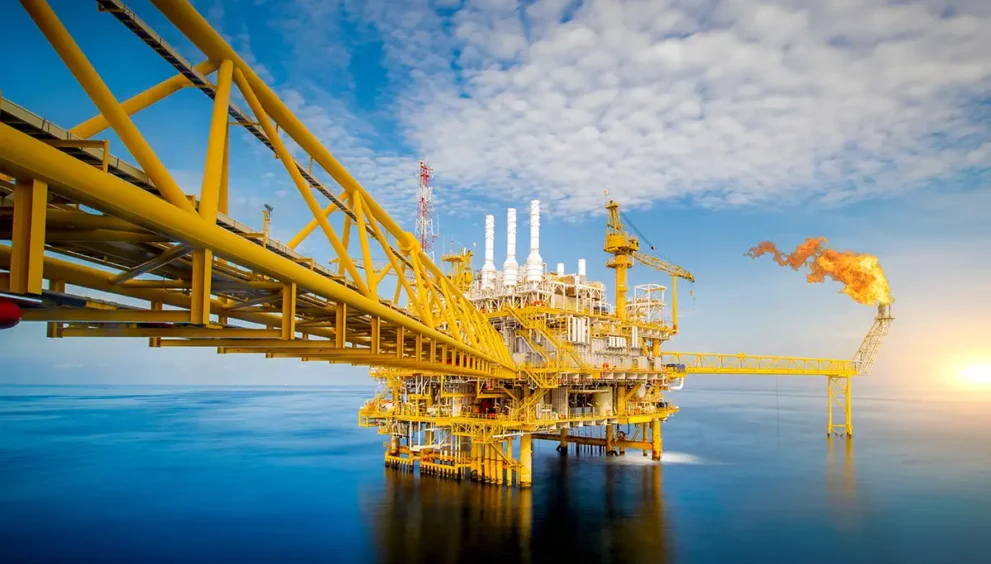Global Oil and Gas Markets Face Volatility Amid Supply Surge and Energy Transition

September 15, 2025 – Singapore
The global oil and gas industry is grappling with significant challenges in 2025, as oversupply concerns, geopolitical tensions, and the accelerating energy transition dominate headlines. Recent reports and market developments highlight a complex landscape where production increases, shifting demand patterns, and sustainability efforts are reshaping the sector. Here’s a look at the key trends driving global interest in oil and gas news.
Oil Prices Under Pressure from Oversupply
Global oil markets are facing downward pressure due to an anticipated surplus. The International Energy Agency (IEA) projects a rise in world oil production to 105.8 million barrels per day (b/d) in 2025, driven by OPEC+ easing production cuts and robust output from non-OPEC countries like Brazil, Canada, and the U.S. Brent crude prices are expected to decline from $68 per barrel in August 2025 to around $50 per barrel by early 2026, reflecting a 1.7 million b/d surplus. This oversupply is compounded by weakening demand in major economies, particularly China, where factory output and retail sales have missed forecasts.
LNG Market Braces for Potential Glut
The liquefied natural gas (LNG) market is poised for a multiyear supply glut starting in 2026, with U.S. exports rising sharply as new facilities, like Venture Global’s Louisiana plant, ramp up production. Global LNG demand rose by 1.9% in 2024 to 4122 billion cubic meters and is expected to grow by 1.7% in 2025, driven by Asia and Europe. However, weakening demand in China and infrastructure challenges in emerging markets could limit growth, potentially pushing prices to their lowest levels since 2022. The U.S. is set to double its LNG export capacity by 2028, raising concerns about market saturation.
Geopolitical Tensions Disrupt Markets
Geopolitical developments are adding volatility to oil and gas markets. Ukrainian drone strikes on Russian refineries have raised concerns about supply disruptions, contributing to short-term price spikes. Russia’s fossil fuel exports remain concentrated, with China, the EU, and Turkiye as top buyers, despite EU plans to halt Russian LNG re-exports by March 2025. Meanwhile, U.S. tariffs on India’s imports of Russian oil and calls for NATO sanctions on Russian energy highlight escalating trade tensions, impacting global energy security.
Energy Transition Gains Momentum
The push for sustainability is reshaping the industry, with natural gas positioned as a transitional fuel. ExxonMobil forecasts a 20% rise in global natural gas demand by 2050, displacing coal in power generation, particularly in developing nations. Investments in carbon capture, utilization, and storage (CCUS) and renewable energy integration are growing, with offshore wind projected to account for 36.2% of the oil and gas electrification market in 2025. However, challenges remain, as only 43% of U.S. oil and gas executives are actively pursuing CCUS due to cost and regulatory hurdles.
Regional Developments in Focus
In Africa, Angola and Egypt are boosting production. Angola’s new projects have added 60,000 b/d in 2025, while Egypt’s oil and gas output has rebounded with $121 million in new agreements. In the Middle East, the UAE’s ADNOC aims to reach 5 million b/d by 2027, balancing oil expansion with renewable investments. Brazil’s offshore pre-salt fields, like Búzios, have driven production to 3.5 million b/d, strengthening its role in OPEC+. These regional shifts are critical as BRICS+ nations, including Iran and the UAE, emerge as key players in global energy markets.
Industry Layoffs and Consolidation
The industry is undergoing significant consolidation, with layoffs continuing into 2025 as companies respond to lower oil prices and mergers. Major firms like ConocoPhillips, Chevron, and BP have announced job cuts, while others are shelving projects to conserve cash. The wave of mergers and acquisitions is driven by the need for operational efficiency and technological expertise, with 75% of U.S. oil and gas companies planning M&A in 2025. These moves reflect broader efforts to navigate a challenging market environment.
Looking Ahead
As 2025 unfolds, the oil and gas industry faces a delicate balance between managing oversupply, addressing geopolitical risks, and advancing energy transition goals. Stakeholders are closely monitoring OPEC+ decisions, U.S. LNG export growth, and regional production trends to gauge market stability. The sector’s ability to adapt to these dynamics will shape global energy markets in the years ahead.







